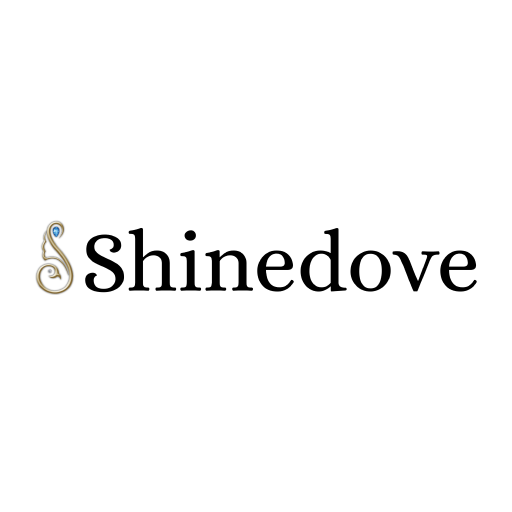History of Diamonds:
Diamonds have a long history as beautiful objects of desire. Diamond is the most valuable and precious stones in the world. Diamond has many unequaled qualities and is very unique among minerals. It is the hardest known substance. Diamonds are first discovered in India and Alexander the great was the first discovered them from India to Europe in 327 BC.
Diamond formation:
Diamond occurs naturally but is extremely rare compared to other minerals. First diamonds were found as glittering pebbles near the course of an ancient river. 100-200 miles below the Earth’s surface diamond story begins. The formation of diamond requires very specific conditions exposure of carbon-bearing materials to high pressure, ranging approximately between 45 to 60 kilo bars(4.5 and 6 GPa), but a comparatively low temperature range between approximately 900 and 1,300 degrees centigrade. These conditions are met in two places on earth, in the lithospheric mantle below relatively stable continental plates, and at the site of a meteorite strike.
The volcanic magma conduit is known as a kimberlite pipe or diamond pipe. Finding Diamonds as inclusions in the (rather oridany looking) volcanic rock known as kimberlite.ore goes through different stages of blasting, crushing and processing to procure the diamonds.
Sorting of Diamonds:
After Diamond ore is mined it is transported to a processing plant where it is first fed into huge crushing machines and sorting will be done. Sorting and classification will be done according to their shape, size, quality and colour. Expert sorters scan these rough pieces under X-rays which enables them to detect and sort them.
Cutting and Polishing:
Diamond cutting is a practice of changing a diamond from rough stone into a faceted gem. Cutting diamond requires specialized knowledge, tools, equipment, and techniques because of its extreme difficulty. Diamonds can be cut several ways: 1) cleaving, in which the diamond is split with a chisel, is relatively rare these days. 2) Sawing with a circular copper blade embedded with diamond dust particles, 3) grinding by pressing the diamond against a covered diamond-dust-covered steel wheel (called a skive) that spins at 3,000 rmps.
Polishing is the name given to process whereby the facets are cut onto the diamond and final polishing is performed. The process takes the steps blocking, faceting, also called “brillianteering”, and polishing.
Setting and Manufacturing:
The final stage involves thoroughly cleaning the diamond in acids, and examining the diamond to see whether it meets the quality standards of the manufacturer. The Diamond is ready to set in finished jewellery.
Shapes of a Diamond:
Picking up the right shape that suits you best is the first step in choosing a diamond. Diamonds are available in Different Shapes.
Round shape:
The round diamond is the most popular diamond shape, representing approximately 75% of all diamonds sold. Due to the mechanics of its shape, the round diamond is generally superior to fancy shapes at the proper reflection of light, maximizing potential brightness. The round diamond began to rise in popularity in 1919 with the publication of Marcel Tolkowsky’s thesis.
Emerald shape:
The unique look of the emerald cut diamond is due to the step cuts of its pavilion and its large open table. Instead of the sparkle of a brilliant-cut, Emerald cut diamonds produce a hall-of-mirrors effect, with the interplay of light and dark planes. Often, inclusions or body color are easier to see in an emerald cut diamond.
Princess Shape:
Princess cut is traditionally a square cut. The princess cut Diamond, first created in 1980, is the most popular fancy diamond shape, especially for engagement rings. Like round cut diamonds, princess cut diamonds are a good choice for their flexibility in working in almost any style of ring. Princess cut diamonds also tend to have a slightly lower price-per-carat than round cut diamonds
Oval Shape:
Because the oval diamond is a modified brilliant-cut (like virtually all round cut diamonds), the two diamond shapes possess a similar fire and brilliance. Oval cut diamond have the advantage of an elongated shape, which can create the illusion of greater size.
Heart Shape:
The modified brilliant-cut heart shaped diamond is a unique shaped diamond and unmistakable symbol of love, popular in solitaire pendants as well as rings. Heart shaped diamonds less than 50 carats may not be good choice, since the heart shape is more difficult to perceive in smaller diamonds, especially after they are set in prongs.
